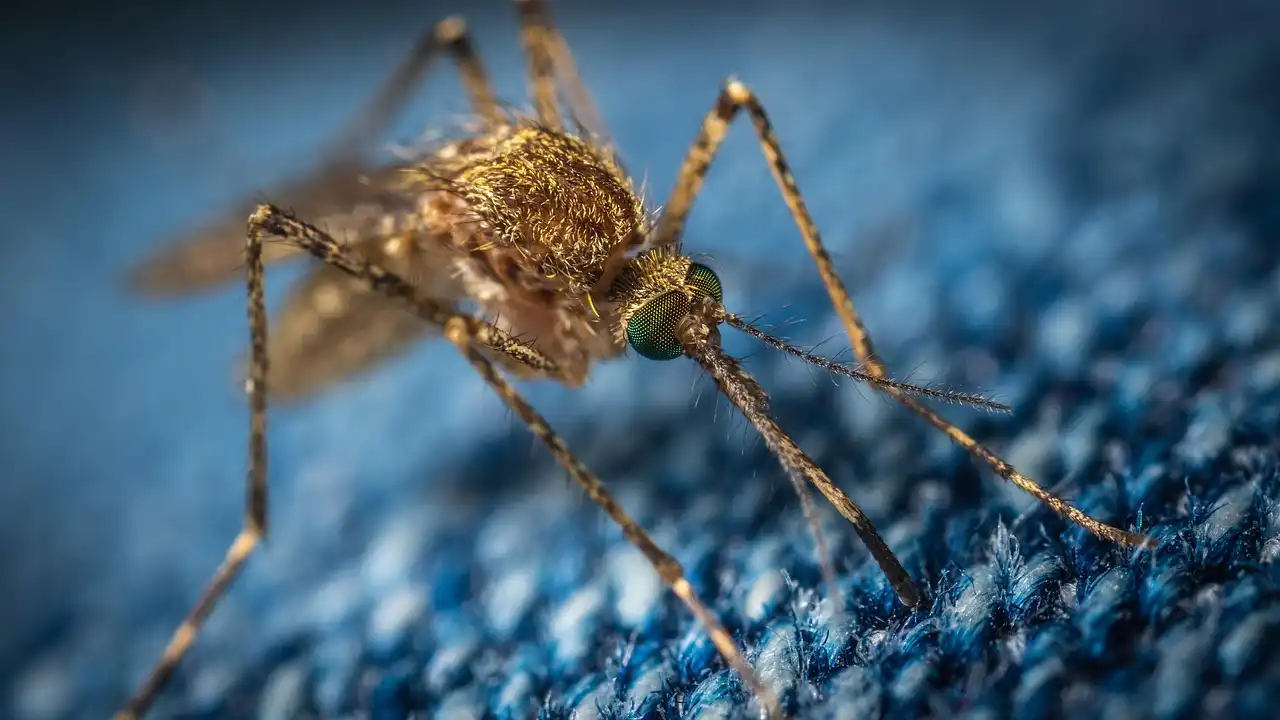Breaking the Buzz: How We're Taking Back Our Communities from Chikungunya
Muhe - Thursday, 24 July 2025 | 10:00 PM (WIB)


The Unseen Enemy: Why These Mosquitoes Are Such a Pain
So, why are these particular mosquitoes such a menace? Well, they're incredibly adaptable. Unlike some other mosquito species that prefer murky swamps, Aedes mosquitoes are practically urbanites. They thrive in small pockets of standing water, often right under our noses. Think about it: a discarded plastic bottle cap holding a tiny bit of rainwater, a forgotten flowerpot saucer, a clogged gutter, even the folds in a tarp. That’s all they need. Just a tablespoon of water can become a five-star nursery for hundreds of future disease-carriers. It's kinda wild how something so small can cause such a big headache, isn't it?And because they love our backyards and living spaces, they’re perfectly positioned to spread Chikungunya from person to person. One mosquito bites an infected person, picks up the virus, and then carries it to the next unsuspecting individual. It's a chain, a really annoying, painful chain, and our goal is to snap it. To do that, we need to get strategic, get proactive, and frankly, get a little bit obsessed with not giving these tiny vampires a place to call home.Community Power: It's Not Just a Job for the Pros
Here’s where you, your neighbors, and everyone on your block come in. Governments and health organizations do their part with public awareness campaigns, surveillance, and sometimes even large-scale fogging. But those efforts are like putting a band-aid on a gushing wound if the community isn't also on the front lines. Think of it like a giant, collective spring cleaning, but with a serious public health twist. It truly takes a village to kick these mosquitoes to the curb, and when we work together, we’re a formidable force.Strategy 1: The "Search and Destroy" Mission for Breeding Grounds
This is the big one, the absolute non-negotiable. The most effective way to control Chikungunya is to eliminate the places where mosquitoes lay their eggs. No water, no eggs. No eggs, no mosquitoes. It's a simple equation, a total no-brainer, but it requires consistent effort. You’ve got to become a detective in your own home and garden, keeping an eagle eye out for any potential water traps.- Dump, Drain, and Scrub: Regularly empty and scrub anything that can hold water – flowerpot saucers, pet water bowls, bird baths, old tires, buckets, toys, even those little decorative items in your garden. A good scrub helps remove any eggs that might be clinging to the sides. Do this at least once a week, especially after it rains.
- Cover Up: If you store water in barrels, tanks, or other containers, make sure they have tight-fitting lids. Seriously, no gaps!
- Clear the Decks: Clogged rain gutters and downspouts are prime real estate for mosquitoes. Get up there (safely, please!) and clear them out.
- Maintain Pools and Ponds: If you have a swimming pool, keep it chlorinated and circulating. Ornamental ponds should be stocked with mosquito-eating fish or treated with appropriate larvicides. Don't let unused pools become stagnant breeding grounds.
- Fill 'Em Up: Tree holes, stumps, or uneven ground that collects water? Fill them with soil or sand. Every little bit counts.
Strategy 2: Personal Protection – Don't Get Bit!
Even with the most diligent clean-up efforts, some mosquitoes might still slip through the cracks. So, arm yourself against those tiny vampires! Personal protection is your second line of defense.- Repellent is Your Friend: Use EPA-approved insect repellents containing ingredients like DEET, picaridin, IR3535, oil of lemon eucalyptus, para-menthane-diol, or 2-undecanone. Always follow the product label instructions, especially for kids.
- Dress Smart: When spending time outdoors, especially during the day when these mosquitoes are most active, wear long-sleeved shirts, long pants, and socks. Light-colored clothing is often recommended as dark colors might attract mosquitoes.
- Screen It In: Make sure your windows and doors have intact screens. If you have any tears or holes, patch them up or replace them. Keep doors closed, too!
- Mosquito Nets: For those sleeping outdoors or in areas without screens, mosquito nets (especially insecticide-treated ones) can offer an added layer of protection, particularly for children, the elderly, or those who are ill.
Strategy 3: Community-Wide Cohesion and Collaboration
Beyond what we do in our own backyards, the magic really happens when the whole neighborhood gets involved. Think of it like a neighborhood watch, but for mosquitoes!- Organized Clean-ups: Suggesting or participating in community clean-up days (often called "gotong royong" in some cultures) can be incredibly effective. Getting a bunch of people together to tackle common areas like parks, alleyways, and vacant lots can make a huge difference.
- Spread the Word: Talk to your neighbors, friends, and local community groups. Share tips, explain the importance, and gently remind others about those sneaky breeding spots. Awareness is half the battle won. A simple "Hey, did you check your bird bath this week?" can go a long way.
- Report and Request: If you spot large breeding sites that are beyond individual control (like neglected construction sites or public drains), report them to your local authorities or health department. They might be able to step in with larger-scale interventions.
- School Programs: Encourage local schools to educate students about mosquito control. Kids are often fantastic at spotting things adults miss and can bring those important messages home.
The Long Game: Why We Can't Just "Spray and Pray"
It's easy to think that large-scale fogging operations are the be-all and end-all of mosquito control. And while they have their place in emergency situations, they're often short-term solutions. Mosquitoes can become resistant to insecticides, and fogging doesn't always reach all the tiny breeding spots. Plus, it can have environmental impacts. The real, sustainable game-changer is consistent source reduction – getting rid of those breeding grounds permanently. It's a marathon, not a sprint, and it requires a continuous, collective effort.Ultimately, breaking the chain of Chikungunya transmission isn't some complex scientific endeavor that only experts can manage. It’s about empowered communities, vigilant individuals, and a shared commitment to creating healthier, buzz-free spaces. Every time you flip over a forgotten bucket, every time you change the water in your pet’s bowl, you're not just doing a chore; you're actively protecting yourself, your family, and your neighbors. So, let’s make our communities places where the only buzz is from good vibes, not disease-carrying mosquitoes. We've got this!
How to Relax Your Mind During the Weekend
2 months ago

ChatGPT's Compassionate Turn: How AI Is Learning to Handle Mental Health Crises Better
2 months ago

Coffee vs. Tea: The Morning Brew Showdown That's More Than Just a Cuppa
2 months ago

Cracking the Code: Your Guide to Taming Those Beastly Migraines
2 months ago

Fuel Your Supercomputer: Five Foods That Will Level Up Your Brainpower
2 months ago

Unlocking Your Inner Shield: Five Veggies That Are Basically Superheroes for Your Immune System
2 months ago

Your Secret Weapon for Weight Loss? It's As Simple As Putting One Foot in Front of the Other
2 months ago

Forever Young: The Secret to a Glowing, Timeless Life
2 months ago

Your Gut Feeling is Right: How to Feed Your Inner Universe for a Happier, Healthier You
2 months ago

Navigating Your Daily Grind: When Does Your Coffee Habit Cross the Line?
2 months ago
